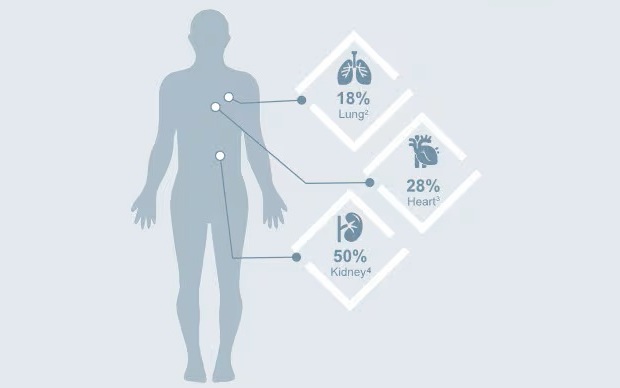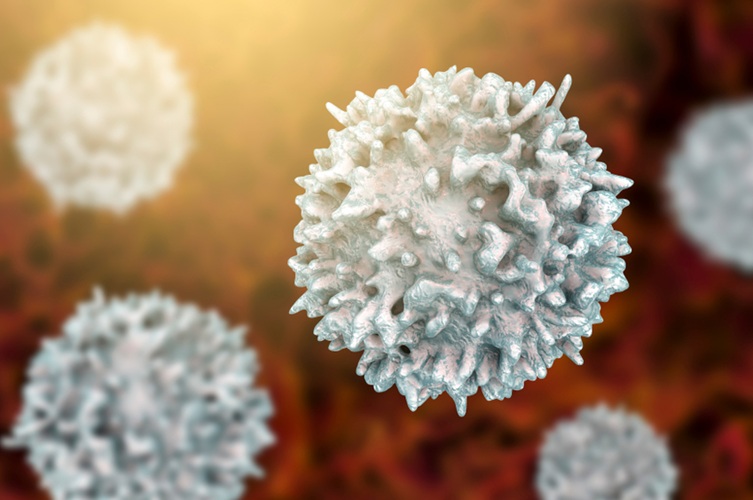Strain-Specific Immunity Discovered for Lyme Disease
By LabMedica International staff writers
Posted on 17 Apr 2014
Many patients treated for early Lyme disease incur another infection in subsequent years, suggesting that previous exposure to Borrelia burgdorferi may not elicit a protective immune response.Posted on 17 Apr 2014
At least 16 different strains of the Lyme disease bacterium have been shown to infect humans in the United States of America, so being bitten by a tick carrying a different strain of the disease is entirely possible.

Image: Scanning electron micrograph of the spirochete Borrelia burgdorferi, long, slender bacteria that typically take on a coiled shape. Infection with this bacterium causes Lyme disease (Photo courtesy of Tina Carvalho).
Scientists at the University of Pennsylvania (Philadelphia, PA, USA) and their collaborators analyzed the occurrence of identical strains of B. burgdorferi in a cohort of 17 patients with multiple episodes of culture-confirmed erythema migrans. They used both multinomial probability analyses and a stochastic simulation model to evaluate whether only one or fewer of 17 patients could have identical strains of B. burgdorferi in recurrent infections due to chance alone. All analyses estimated the probability of recovering a particular strain of B. burgdorferi from a patient due to chance alone, based on empirical patient data.
The model allowed the researchers to vary assumptions such as the presence or absence of type-specific immunity, the duration of immunity, and the length of time a patient was accessible to having been bitten by a tick, or in other words, the time from the first visit to the clinic to the last visit, or from the first visit to the completion of the study.
The results of all of the simulations indicated that strain-specific immunity would need to last a minimum of four years in order to result in the suite of infections that the 17 patients acquired. When the model parameters were used with actual data from 200 patients who had been infected at least once with a known strain of B. burgdorferi, the simulation indicated that immunity lasts in the range of six to nine years. The only patient infected by the same strain twice actually had Lyme disease four times in six years, contracting K strain twice, five years apart, with an infection by a different strain in between.
The authors concluded that it is highly unlikely that only one of 17 patients would have been infected with an identical strain of B. burgdorferi in a recurrent episode of Lyme disease in the absence of strain-specific immunity. Furthermore, the duration of strain-specific immunity needed to be at least four years to explain the data actually observed. The presence and long duration of strain-specific immunity that the models suggest imply that humans, once infected, are highly unlikely to acquire a subsequent infection caused by the same strain of B. burgdorferi.
The fact that the strain-specific immunity is lasting has implications for vaccine design. Dustin Brisson, PhD, an assistant professor and senior author of the study, said, “If you could make a vaccine that covers several of these strains, you could substantially reduce the probability of infection in vaccinated people. The vaccine could last several years, perhaps requiring a booster once every several years.” The study was published in the April 2014 issue of the journal Infection and Immunity.
Related Links:
University of Pennsylvania













